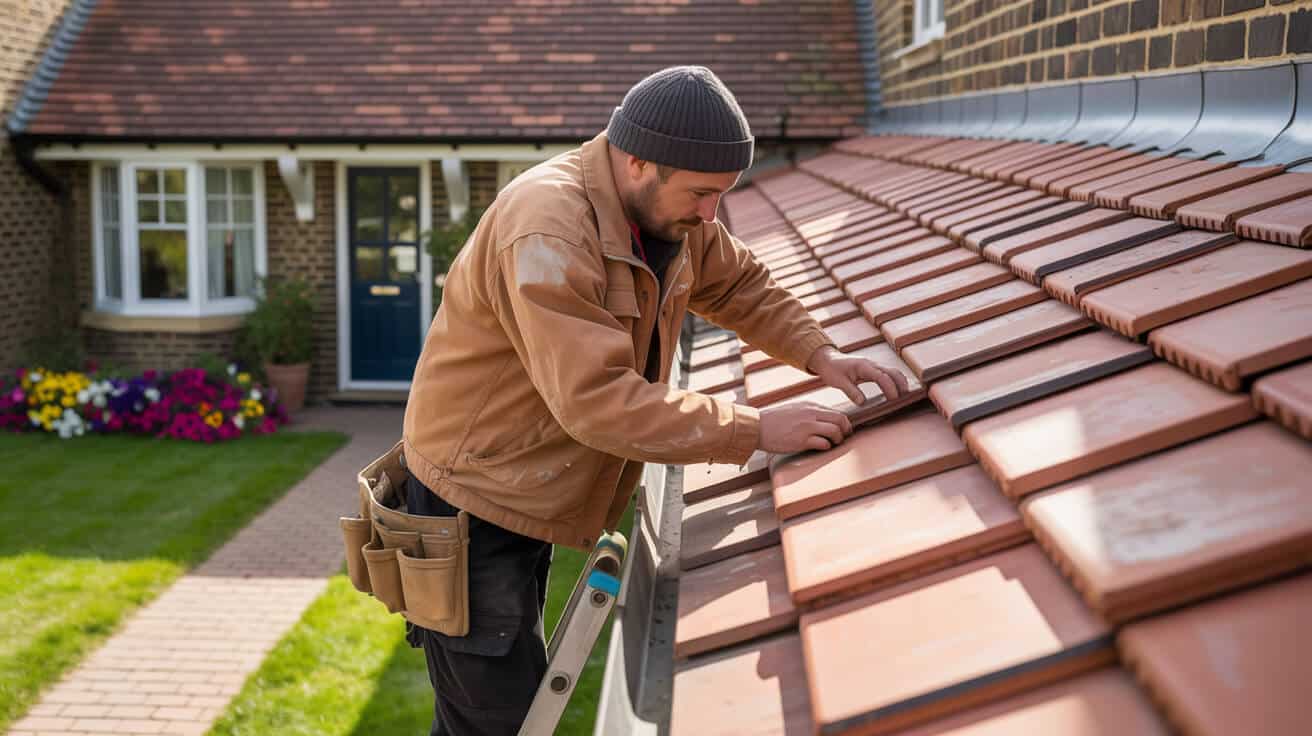 Energy Saving Maintenance Tips For Windows And Doors
Energy Saving Maintenance Tips For Windows And Doors
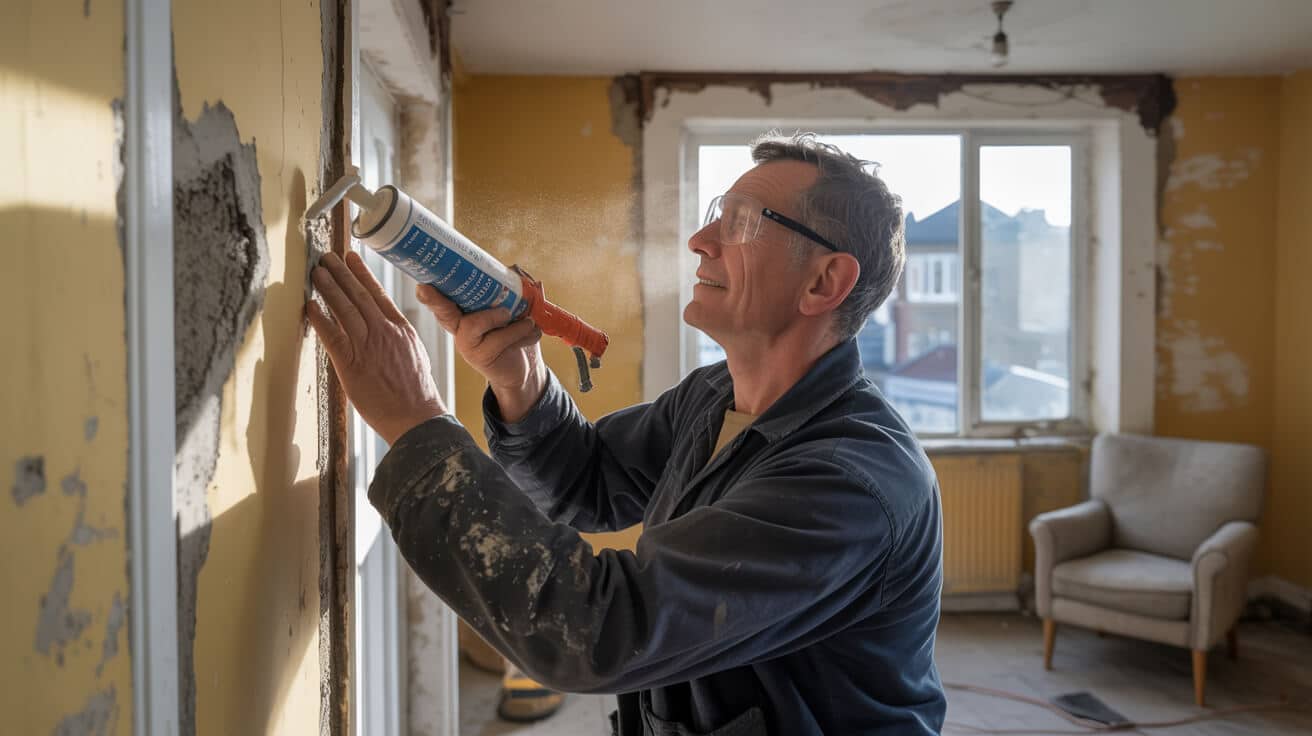
Can Energy-Saving Window and Door Maintenance Really Slash Your Bills—Or Is That Wishful Thinking?
That chilly spot near your window isn’t just bad luck. It’s the soundless leak syphoning money straight from your bottom line, month after month. For property owners, facilities leads, and contractors, those draughts translate into a relentless stream of energy loss—a cost that multiplies if you manage more than a single home. According to the Energy Saving trust, poorly maintained doors and windows typically waste between £60–£100 per year in a standard UK house, with commercial properties losing far more due to scale and complexity (Energy Saving Trust 2023).
Every pound you trap inside your property is one you keep out of the energy company’s coffers.
Still, many property professionals think window and door maintenance comes down to expensive double-glazing or full upgrades. That’s off-base. The real game-changer is proactive, standards-driven upkeep. Simple checkups, quick interventions, and a rhythm of seasonal care save far more than the reactive “big fix” approach ever does. Tenants end up warmer, compliance becomes easier, and costs drop—without any drama.
The longer those micro-leaks and tired seals go ignored, the faster they burn a hole in your ledger. Spot the warning signs early, and maintenance becomes your business’s unsung profit driver.
Why Is Neglecting Window and Door Maintenance a Hidden Liability?
Every year you wait, frames expand and contract with the seasons, ageing seals lose their give, and fixings shift out of alignment. Most of this carnage is silent, invisible to casual inspection. Left unchecked, the impact is anything but subtle:
- *Bills edge up as warm air escapes day and night*, even when your heating is running.
- *Moisture philtres in*, causing rot, mould, and complaints—especially in timber or poorly insulated frames.
- *Compliance audits get trickier*—with Part L (conservation of fuel and power) and BS 6375-1 lurking behind every failed leak test.
This isn’t a “one season, one fix” situation. Every missed cycle quietly erodes both comfort and capital value. Take a professional approach and maintenance becomes a weapon for operational control, not another expense.
What DIY Fixes Actually Work for Draughty Windows and Doors?
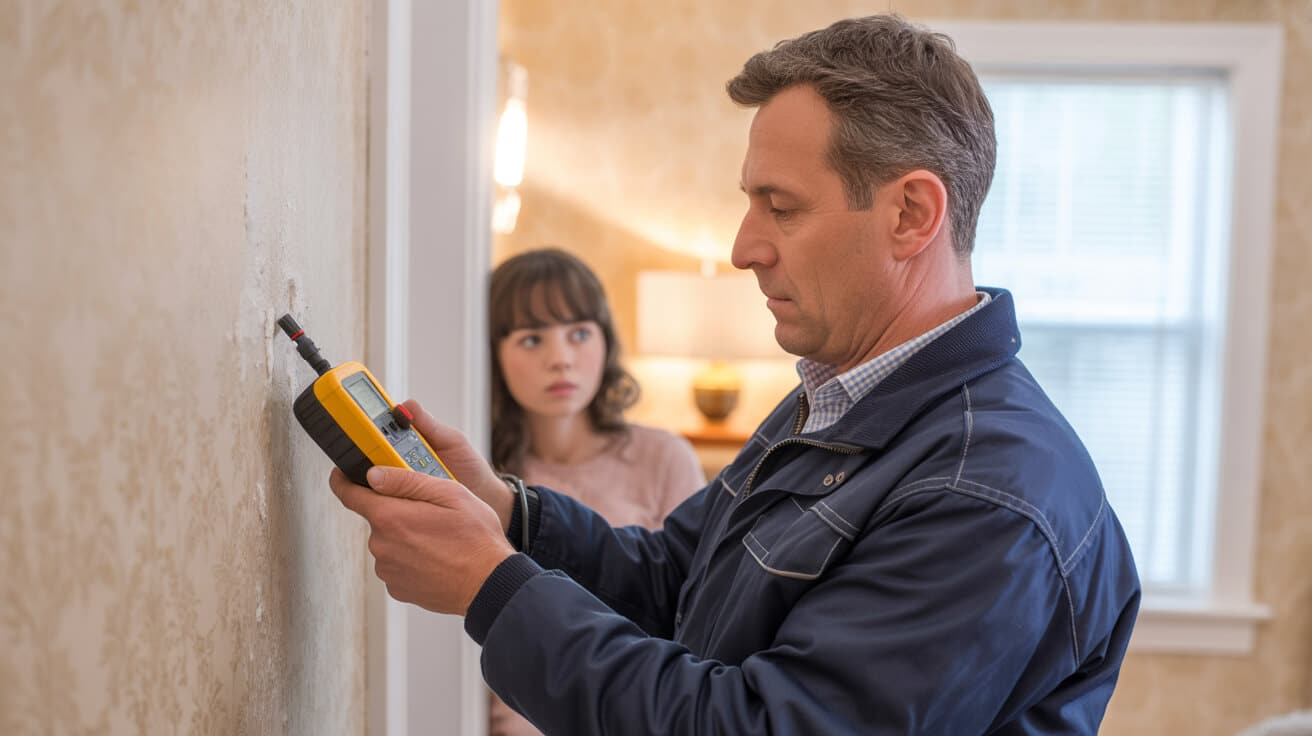
Forget the myth that you need a six-figure upgrade just to keep your property warm. Nearly every window or door problem starts small and can be solved with focused action—often for under £50 per point of loss (Centre for Sustainable Energy 2022). Even the best-performing commercial buildings start with basics.
Rapid-Fire DIY Fixes That Deliver Real Results
- Self-Adhesive Weather Strips: Seal gaps on frames—pick the thickness based on the gap (test fit first).
- Flexible Caulk: Apply silicone or acrylic around sills, frames, or expansion joints. Use paintable for exteriors.
- Brush/Compression Seals on Doors: The most overlooked fix. Stops draughts at the threshold and bushings.
- Letterbox Flaps & Keyhole Covers: If you’re losing heat at the entryway, these are a 15-minute upgrade.
- Thermal Curtains or Insulated Blinds: Instantly upgrade old glazing—especially on north or east-facing windows.
The gap you ignore today could be the complaint that costs you a tenant tomorrow.
Data from the Centre for Sustainable Energy: These small upgrades often cut heat loss at windows and doors by 10–15% each, delivering real, trackable savings.
Why Regular Walkthroughs Matter Far More Than Grand Overhauls
One-and-done repairs guarantee nothing when British weather punishes seals and hinges. Properties with routine, scheduled checks consistently outperform those that simply throw money at infrequent upgrades. Aim for an early autumn “seal and test”—catching what’s loose before cold winds set in.
maintenance logs are more than just paperwork: they’re your proof of diligence for insurance, compliance, and liability protection. A few minutes’ discipline saves months of complaints.
Table: Fastest Energy-Leak Fixes and Their Typical Costs
Here’s a practical cheat sheet you can print, pin, or forward to your team.
| Draught Source | Smart DIY Fix | Typical Cost |
|---|---|---|
| Window frame gap | Foam/rubber strip | £5–£10 |
| Door threshold | Brush seal | £10–£18 |
| Letterbox slot | Flap excluder | £7–£12 |
| Keyhole | Escutcheon cover | £2–£7 |
| Wall cracks | Flexible caulk | £5–£12/tube |
Make sure all surfaces are clean and dry before installing any new seal—otherwise, you’re throwing good money after bad.
How Do You Uncover Hidden Air Leaks Around Windows and Doors?

Some of the most expensive heat loss is silent—leaking through spots you barely glance at. Don’t wait for a complaint to take action. Find the problem first.
DIY Diagnostics You Can Run In Under 10 Minutes
- Candle or Incense Stick: Shut windows and doors, then move the flame along edges; any flicker? That’s a leak.
- Tissue or Ribbon Test: Tape it along the edge; if it waves with everything shut, you’ve found airflow.
- Night-Time Light Check: Stand outside—light escaping means heat does, too.
- Condensation Audit: Damp or puddling near frames is a top clue airflow is bypassing your insulation.
It’s the leak you didn’t see coming that quietly steals the most cash.
According to BFRC, a third of building heat loss sneaks out through windows and doors, with preventable gaps as the prime culprit (BFRC 2023).
When to Call in the Big Guns
DIY covers perhaps 85% of window and door woes. If the leaks are stubborn, part of a heritage property, or show up in compliance audits, it’s time for professional tools. These teams use thermal imaging, calibrated pressure kits, and know the code—look for FENSA or BSI certification and demand a post-job guarantee.
Does Secondary Glazing Pay Off—Or Is It Just for Listed Buildings?

Secondary glazing isn’t just a workaround for planning constraints. It’s the most compliance-friendly hack for keeping heat in, especially for heritage, period, or rented properties where permanent replacements aren’t an option.
How Secondary Glazing Actually Works (and Why It Matters)
- Thermal Buffer: Instals an air gap inside your existing windows—essentially, fake double-glazing.
- Condensation Cure: Reduces mould by keeping the inner glass warmer.
- Soundproofing: Blocks external noise—a quiet property often rents faster or commands a premium.
- No Frame Damage: Installed as a reversible panel, preserving original features and compliance paths.
The numbers stack up: Historic England records show annual savings of £45–£80 per window—multiply that by your asset count to see the hidden ROI (Historic England 2023).
Picking the Right Approach
- Magnetic/Acrylic Clip-Ons: Great for quick fixes or rental properties; zero tools needed.
- Aluminium Frames: Heavier use? These pay off in durability and occupant perception.
- Professional Retrofit: Required for large, architecturally sensitive, or code-controlled units.
Don’t skip the paperwork. Insurance, compliance, and future surveys all go smoother with documentation.
Repairs, Upgrades, or Full Replacement—How Do You Know When to Act?
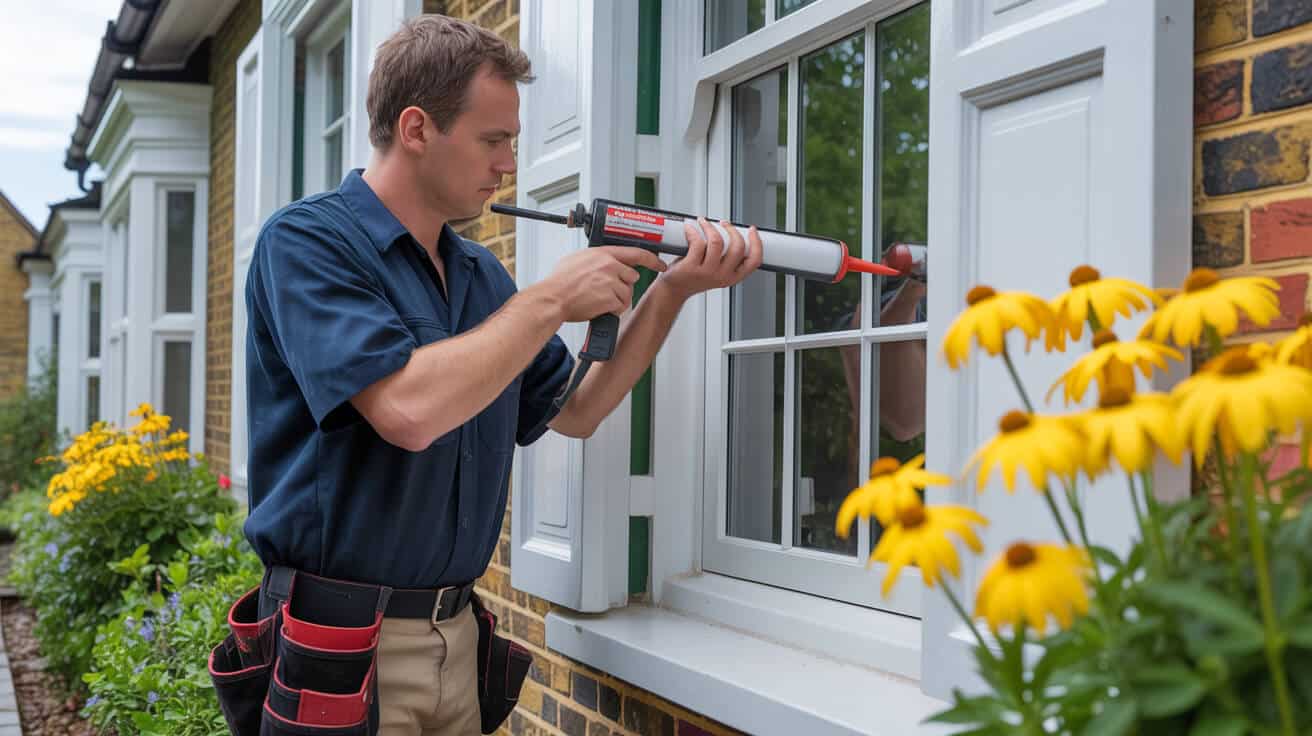
Property maintenance isn’t one-size-fits-all. Your best bet is an honest inspection: is this a minor issue, an upgrade gap, or the ‘rip it out’ phase?
Repairs: The Unsung ROI Champion
Most problems? Start and end with repair.
- Seals and Gaskets: Replace old rubber/shrinking strips to stop leaks at the source.
- Hardware: Adjust hinges, latches, and handles—major gains for minor effort.
- Cosmetic Damage: Fix failing paint or spot-seal exposed timber so rot and costs don’t snowball.
CSE data: Roughly 80% of at-risk windows or doors are sorted with focused repairs, not replacement (CSE UK 2023).
When to Upgrade or Replace
- Deep Rot/Widespread Decay: Repairing is short-lived at best—replace it.
- Unfixable Condensation: If multiple repairs haven’t killed the chill or leaks, only new units will.
- Compliance Failure: If you’re tripping Part L/BSI/FENSA or insurance standards, upgrades are non-negotiable.
A brand-new full-spec window or door is a bigger upfront hit (£250–£750 per unit), but it pays you back in slashed bills, value protection, and stress-free audits (FENSA Guide 2024).
The Upgrade Middle Path
You don’t always have to go nuclear.
- Secondary Glazing: Especially for difficult access or conservation properties.
- Smart Films: Modern coatings that cut solar gain and heat loss, unlocking additional savings.
Don’t let an installer upsell you. The smartest decision aligns cost against asset longevity—and compliance.
Schedule a full survey. Keep detailed maintenance logs. That’s how you prove care—and value.
What Autumn Maintenance Steps Give the Biggest Winter Payoff?

Treat pre-winter prep as your profit season. A well-run autumn checklist slashes emergencies, powers up tenant satisfaction, and takes the pressure off your budget.
Pre-Winter Checklist for Window and Door Energy Control
- Replace tired, flat, or deteriorated weather seals and foam strips.
- Lubricate hinges, handles, and multi-point mechanisms.
- Test all entrances for firm closure—adjust or tighten as needed.
- Recoat and reseal timber; inspect uPVC or metal for cracks/joins.
- Reseat loose glass; deal with fogged double glazing.
- Clean out water traps and drainage slots.
- Record date-stamped photos/fix logs—future proof for compliance/insurance.
- Fit secondary glazing now (not mid-December scramble).
Follow BS 6375-1 for performance and Part L for energy targets. These are more than paperwork—they’re profit and risk reduction guides. Well-kept logs also short-circuit disputes with insurers or tenants.
Planned checks are the enemy of winter panic calls and midnight emergencies.
What’s the True Impact of Insulation and Glazing Choices on Energy Loss?
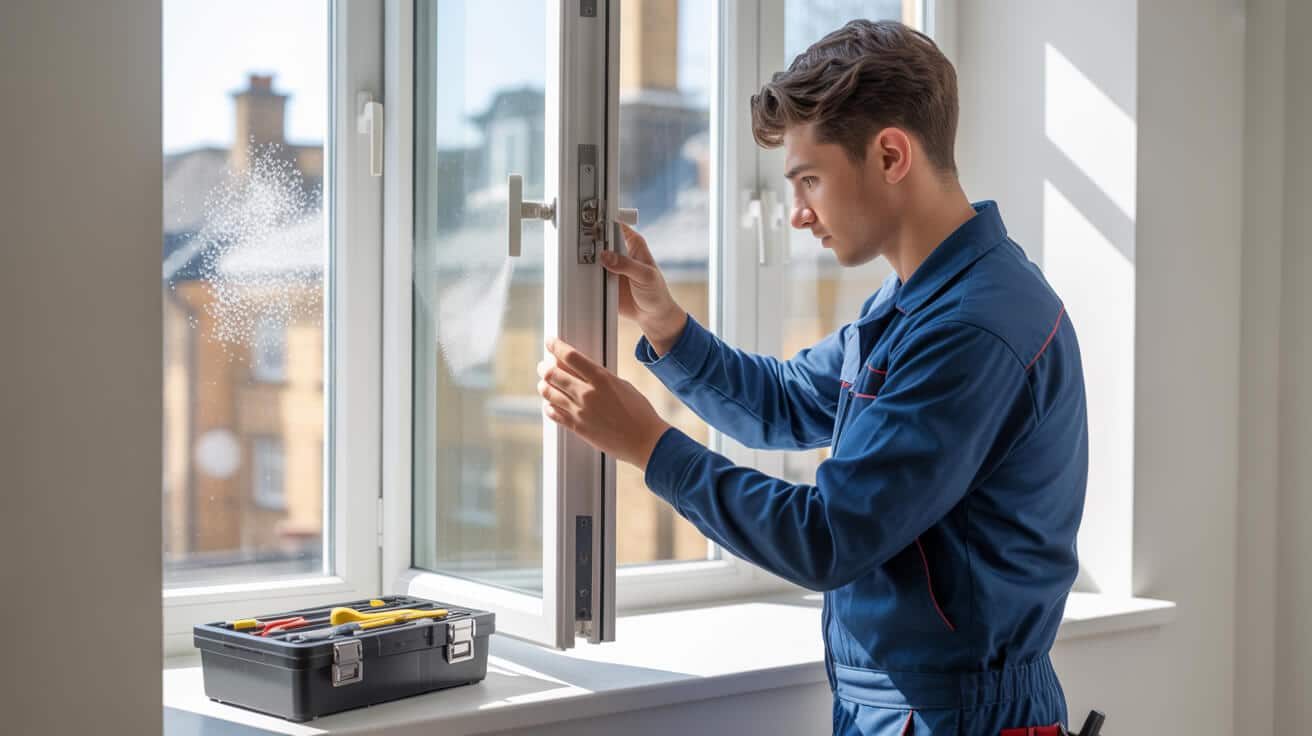
Your property’s weakest point is the fastest path to a higher bill. Windows and doors are that pinch point between comfort inside and chaos outside.
Tailoring Material to Your Building’s Needs
- Timber: Schedule a full repaint and seal every 2–3 years—no shortcuts if you want durability.
- uPVC: Wipe down gaskets, keep those water channels open, and inspect for warping each season.
- Metal Frames: Handle rust at the first sign—don’t wait until pitting or corrosion requires replacement.
Upgrading glass? From double- to triple-glazing, or by adding modern coatings, you see real savings—but only if the frame and seals are ‘right first.’ Poor installation cancels out any U-value promises.
Synchronise major insulation upgrades: coordinated improvements to roof, wall, and glazing amplify every gain, boosting returns from each individual fix.
Energy Saving Trust notes: Perfectly installed, high-performance glazing can slash window-related heat loss by up to 35% compared to tired units (Energy Saving Trust 2023).
Do These Maintenance Steps Deliver Financial and Environmental Results Worth the Effort?

Meticulously maintained windows and doors pay in tangible ways: reduced outgoings, higher occupational comfort, amped-up asset value, and a green reputation that matters more every year.
The Real-World Business Case for Energy-Saving Maintenance
- Reduced Bills: Compound savings—every season’s upgrade pays ongoing monthly dividends.
- Longer Lifespans: Timely upkeep often nets another 3–5 years’ extra use from components.
- Tenant Happiness: Fewer complaints and quick fixes build relationships and retention.
- Regulatory Headroom: Complete, timely records simplify audits, claims, and lending.
- Sustainability Credibility: Demonstrates real movement towards Net Zero ambitions—a brand win.
Direct feedback from a London facilities manager nailed it: “Our annual spend on window and door repairs halved after one year of scheduled autumn prep—and tenant complaints dropped off the radar” (CSE UK 2023).
The best properties get remembered for comfort, not complaints—or surprise budget overruns.
Why Partner With All Services 4U for Window and Door Energy Maintenance?
Real edge in property management isn’t about who spends the most. It’s about who’s the fastest to shut the gaps before they steal value. With All Services 4U, you tap a team that blends certified technical skill, compliance proficiency, and a proven system for reliable results.
Our City & Guilds-certified crew handles everything from one-off repairs to portfolio-wide autumn energy health checks. You get transparent reporting, zero-fuss compliance, and practical guidance—all without distracting your team from daily operations. From pinpointing invisible leaks to guiding long-term replacement planning, you make every fix part of your performance storey—not a cost to explain away.
If you’re done losing money out the window (literally), now’s the moment to upgrade your winter playbook. All Services 4U brings the tools, the process, and the compliance smarts to deliver comfort, efficiency, and trust, season after season.
Frequently Asked Questions
What often undermines draught-proofing results—even when products seem high quality?
Achieving an effective seal is less about buying premium materials and more about meticulous preparation, property-specific attention, and the timing of application. Even high-spec weatherstrips, foams, or sealants can fail if applied to damp, dusty, or uneven frames. Many property owners underestimate the value of skilled diagnosis—overlooking small surface faults or misapplying seals on tricky substrates, meaning heat loss and higher bills persist despite investment.
Why do installation technique and conditions matter more than kit price?
- Surfaces that aren’t fully dry or degreased cause even top-end adhesive strips or caulks to lift, especially in the first major temperature swing.
- Overlooking uneven edges, improper pressure, and missed corners creates micro-gaps that become full leaks within a season.
- Poorly chosen materials for the actual frame type (timber, uPVC, metal) often break adhesion or violate fire and egress codes (BS 8213-1).
- Installations rushed during cold snaps lead to brittle, short-lived bonds and repairs within the same winter.
- Technicians at All Services 4U use moisture readings and temperature checks to ensure groundwork matches the product—documenting each fix for compliance.
A seal is only as strong as the prep work behind it—rushing repairs during bad weather almost guarantees repeat callouts.
What are subtle causes that leave energy loss unresolved?
Reliance on “universal” or DIY solutions often backfires—products not matched to specific substrates or joint movement soon give way. Likewise, skipping documentation means missed inspection pass rates and repeat audit issues, especially in blocks or managed portfolios. In practice, planned, moisture-timed undertakings and material-specific methods outperform even expensive kits in real-world longevity and code resilience.
Which common myths inflate the costs of window and door upgrades for property owners?
The belief that new means better—or that “smart” solutions replace groundwork—leads to overspending. Owners and facilities managers are often told that triple glazing, smart films, or full replacements are must-dos for savings. In most UK properties, incremental sealing, phased improvements, and regular maintenance beat these spends in ROI and comfort while keeping compliance risks under control.
What “big ticket” upgrades rarely provide their forecasted returns?
- Triple glazing often underperforms in mild UK climates, especially compared to robust draught-sealing and targeted secondary glazing, which pay back faster.
- Non-compliant or unproven “miracle” self-adhesive films and gadgets routinely fail building audits—without suitable paperwork, the cost of remediation sits with the owner.
- Premature window and door swaps overlook fixes like upgraded weatherstrips or realignment, which solve insulation issues for just a fraction of the price.
It’s the strategic layering of minor fixes—not the single, costly gadget—that protects your energy budget and compliance score.
How can facilities managers and landlords direct spending for lasting gains?
Active logging of repairs, phased insulation upgrades, and rolling annual efficiency audits help stack minor, documented improvements. All Services 4U’s process targets every high-yield fix, so owners see a compounding effect—faster payback, fewer headaches in audits, and the ability to justify decisions with data rather than vendor hype.
Are maintenance logs and energy audits now the standard for cost tracking?
Yes. Letting portfolios and facility clients increasingly require energy logs showing before-and-after impacts for every material change. This method reveals true ROI, sidesteps “solution FOMO,” and provides audit documentation essential for insurer and regulator sign-off.
How do property managers achieve the right balance between tenant safety, cost, and compliance on cold-weather sealing?
Safe, compliant cold-weather sealing isn’t an annual add-on—it’s a methodical cycle of proactive checks, digital recordkeeping, and risk-led escalation. Ignoring these layers can let simple repair lapses escalate into compliance fines, reputational damage, or injury claims, especially in high-traffic or multi-asset buildings.
Where do minor maintenance gaps spiral into costly legal or liability exposures?
- Escape route seals, fire doors, or basement access hatches missed during schedule-driven sweeps routinely become audit fail points—exposing owners to direct legal risk.
- Updated standards (like BS 8213-1) increase expectations for frame security, gap size, and fire protection—missing paperwork or photo logs mean trouble during spot checks.
- Assets with incomplete digital maintenance trails lose insurer goodwill and struggle to justify safety protocols in post-incident reviews.
Paper trails used to be enough—today, every failed seal or missing photo is a compliance risk.
How do experts, and All Services 4U in particular, prevent compliance decay?
Professional audits integrate scheduled log entries, photographic evidence, and compliance cross-referencing—each service is an event in a digital history that’s always ready for inspection. All Services 4U’s approach also trains caretakers and staff, turning each routine fix into a reinforced chain of safety and documentation.
What scalable options do multi-asset portfolios use to avoid spiralling costs?
- Preemptive clinics: schedule autumn and spring audits, plus post-weather checks for known-risk units.
- Centralised, cloud-based maintenance logs so every asset’s compliance journey is available at a click.
- Automated reminders tied to compliance milestones or insurance deadlines—a move now embedded in top asset management contracts.
What deeper issues are signalled by draughts that keep returning after repair?
Recurring draughts point past faulty strips to likely code violations or hidden, progressive damage: sub-sill decay, failed lintels, breached fire stops, or illegally modified escape barriers. Ignoring or just patching over these signals keeps costs compounding—and risks asset devaluation, tenant harm, or prosecution.
What subtle warning signs demand urgent investigation?
- Damp, odour, or warping near sills—especially if unaffected by repeated basic fixes.
- Frame movement, crumbling masonry, or persistent “cold draughts” suggest decayed timber, missing insulation, or cavity breaks.
- Repeat audit failures at the same site signals an unresolved code breach.
Treat each returning draught not as an annoyance, but as a vital message that something larger is decaying behind the scenes.
How do specialist teams trace the actual root of unsolved draughts?
Rather than another foam strip, experts bring in thermal imaging, moisture metres, or endoscopes to find invisible voids or breaches. All Services 4U’s workflow escalates to remedial structural checks as soon as audits reveal repeated failures—ensuring compliance and permanent repairs, backed by photo documentation and compliance matrices essential under the evolving 2024 standards.
What is the real cost of delaying action once a systemic defect is suspected?
Recent UK property data reports the average cost of neglected deep faults surpassing £4,500 per incident—combining rapid structural decay, higher energy loss, failed compliance audits, and legal liabilities. Timely escalation prevents small signals from snowballing into catastrophic loss.
How are digital records and compliance audits changing cold-weather window and door maintenance in 2024?
Live digital compliance trails, automated reporting, and “proof of care” scheduling are now baseline—not nice-to-have extras. Insurers and regulators increasingly demand timestamped, photo-supported logs as the norm, revolutionising the way winterisation is managed and reviewed for both single properties and large asset portfolios.
Which checklist elements are now critical for legal and insurer validation?
- Dated photos for every seal, strip, or caulking event—each repair must have a digital “receipt.”
- Certification and batch logging for any replaced weatherstrip or seal, mapped to supplier authenticity.
- Automated sequencing to ensure that fire doors, main exits, and critical egress areas are always prioritised.
- Capturing skipped or failed items, with digital escalation to specialist teams—removing the risk of human error or lost paper logs.
A single missed documentation now means an entire audit can be thrown out—precision matters more than ever.
What must owners know about 2024 code updates?
- Damp and mould protocols now mandate full, photographic proof of every remediation—surface fixes are no longer legally sufficient.
- BS 8213-1 requires new forms of frame and window security that include escape mapping, fire spread indexing, and visual authentication for insurers.
- All Services 4U deploys standards-compliant digital records, ready for upload or instant audit, putting your compliance journey ahead of regular deadlines.
How does technology raise future resilience—and property value?
The adoption of QR-coded asset tagging, risk-score checklists, and automated compliance reminders futureproofs both records and maintenance patterns. As codes and standards keep evolving, fully digital workflows secure insurance discounts and smooth asset disposal, ensuring every repair or upgrade adds real value.
What smart routines help property owners lock in energy savings for windows and doors—while simplifying compliance?
Lasting energy-efficient performance and compliance come from building a culture of scheduled small wins, product evaluation, and measured upgrades—not one-off spending sprees. Owners who document, phase, and test instead of scramble or overspend consistently see better ROI and less regulatory risk.
Why do phased reviews and incremental fixes outperform single, large-scale upgrades?
- Autumn and spring walk-throughs expose subtle wear, seal compression, and damage from environmental cycles—catching problems while they remain minor.
- Fixes documented in digital logs show compliance progress, support insurance reviews, and chart actual savings.
- Comparative tracking after minor repairs often uncovers larger, more sustainable returns than blanket window replacement.
A rigorous seasonal check and a habit of measured upgrades keep properties efficient and regulation-ready—no more last-minute panic.
When does it make sense to invest in full replacements or the latest energy innovations?
Upgrade only when smaller, documented fixes can no longer meet legal, safety, or efficiency standards. Data-driven thresholds, not vendor marketing, should dictate timing—helped by current, evidence-rich maintenance records that prove necessity.
What support frameworks take the edge off for time-pressed owners?
Professional providers like All Services 4U schedule routine audits, handle documentation, and develop tailored plans for every building. Cloud-driven reminders, instant compliance reporting, and seasonal checklists remove the guesswork, allowing hands-off owners to remain consistently ahead of new standards and insurer expectations.


